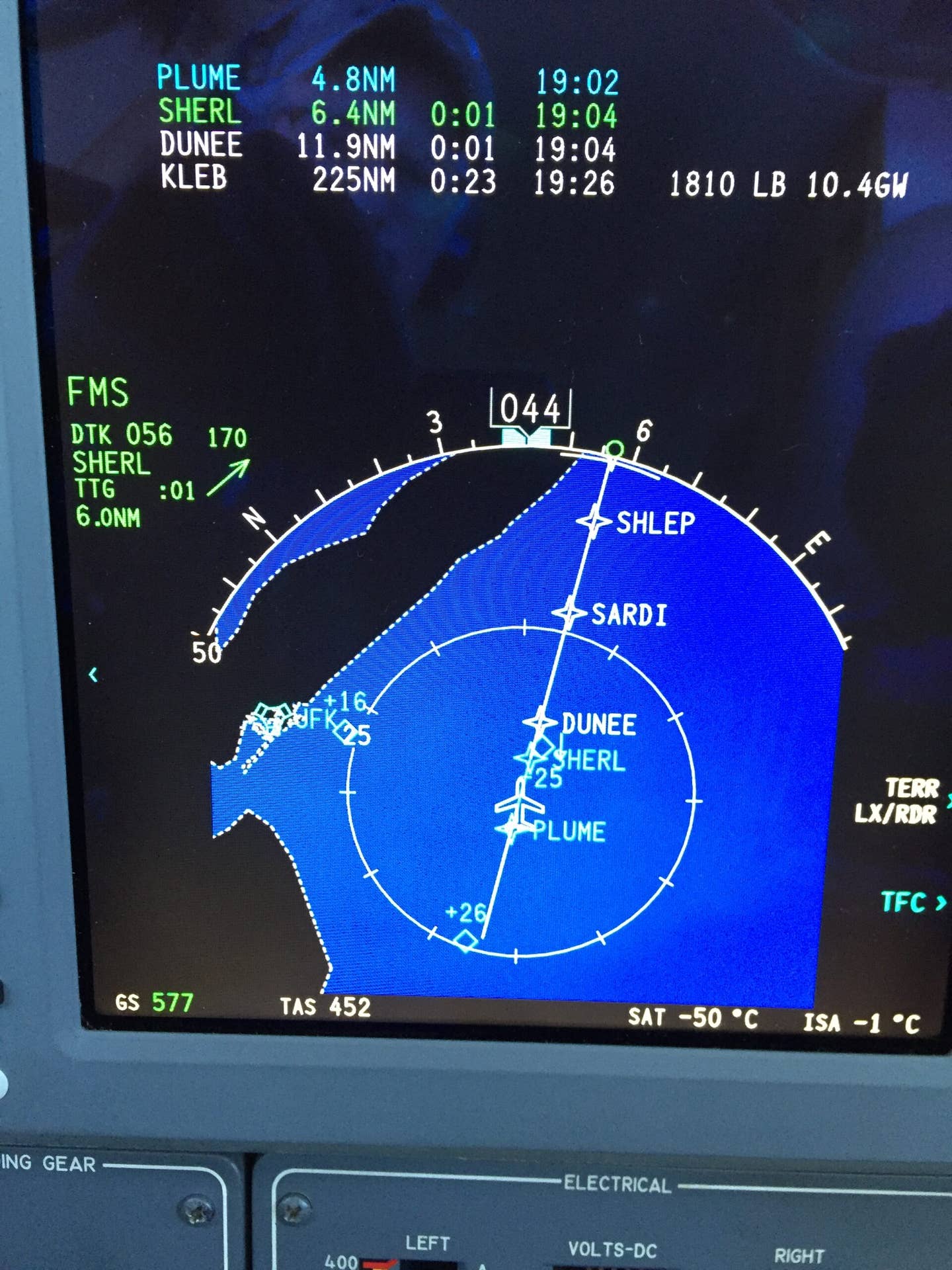
Preflight nuggets can be found before taxiing out, as the author finds in his Cessna Citation CJ1, or above, in a Citation Ms. [Credit: Julie Boatman]
NavData, Americas, download/transfer to device. The little blue line shoots across the screen. In less than two minutes, all current navigational information for an entire hemisphere has found its way into a tiny USB sticking rudely out of my wife’s MacBook Air. My 10-year-old laptop is too old for this maneuver, so I borrow Cathy’s.
Without much thought, and even more quickly, “Obstacles” information for this cycle will also load. Later today, I will drive to the airport with the two USBs and plug them into the Avidyne IFD550s that grace the panel in our Cessna Citation CJ1. I will sit in the left seat, turn on the battery master and avionics switches and survey the glory before me. The USBs automatically prompt the boxes to ask for my permission to upload all this information. It takes just a few minutes. (Chart uploading takes longer, but still only 10 minutes or so.)
If you're not already a subscriber, what are you waiting for? Subscribe today to get the issue as soon as it is released in either Print or Digital formats.
Subscribe NowThese few minutes give me time to remember when Jeppesen charts and approach plate updates were printed on paper and arrived by mail. I still have those beautiful leather binders, into which I would faithfully place the thin sheets of paper with the seven holes pre-punched in regular order along their sides. The binder rings would snap shut with a satisfying “whack.” The binders were carried in a flight bag, not an iPad.
In these days of pandemic, war, and political divide, I often read about hints to maintain your emotional balance and avoid abject depression. One strategy stuck in my mind. The writer suggested that you can’t manufacture joy, but you can know it when you see it. They recommended being on the lookout for “nuggets” of happiness and remember them. Data upload is one. If data loading is a thrill, just imagine the feeling generated by the actual prospect of flight. As you wheel up to the airport, there sits the airplane. The leading edges of our CJ1 glint in the sunlight—they have recently been detailed. In fact, the whole airplane looks refreshed. Is it me, or is that shade of white with those blue stripes just the prettiest color scheme out there? You’ve got a nugget right there.
A thorough preflight is in order. The oil bypass thingy (called the “oil filter differential pressure indicator”) is a bit hard to reach on the left engine, but is easy to access on the right. It is like that little pop-up gizmo you see on a turkey when it is fully cooked. The oil access door allows me to see the oil level without climbing up a ladder and using a dipstick. That was true on the CitationJet, but not necessary now on the CJ1. I take smug satisfaction in this evolutionary advance. Nugget.
All Citations require that the battery be disconnected when stored in the hangar. Connecting the battery involves opening a small access door in the tail compartment, matching the battery posts with the connector’s complementary receptacles, and then tightening this mating with a satisfying twist of a screw-in knob. Sometimes it takes a second to get things lined up properly. When you do, the connector snaps into place just like when you finally find the matching lid to that Tupperware collection. Am I nuts, or does an easy and quick connection foretell a safe and easy flight? Psychiatrists call this “magical thinking.” No matter, it is very satisfying when the connection is tight and confirmed by switching on the baggage compartment light—don’t forget to turn it off. More nuggets.
Further preflight actions remind you that Cessna builds airplanes with comparatively simple systems. A peek in the nose compartment confirms that brake fluid is available and the nitrogen bottle is fully pressurized. That pressure may be used for landing gear deployment and/or emergency braking. Good to know. Don’t forget to pat the nose after inspecting the pitot tubes.
Once everybody is on board, closing the main cabin door has a charming click. Several small sight windows allow you to confirm that the door pins are properly placed. Kind of cute, aren’t they? Now it is time to climb into the cockpit. In my case, this is not necessarily reminiscent of a ballerina’s grace, but once you’re in the seat, it is comfortable for a six-foot-one man. The before start checklist is poetic. Brakes on, beacon on, avionics off, air conditioning (yes, a great a/c unit is included!) off, ready to start. The Williams engines start with an alarming increase in ITT (interstage turbine temperature), but you get used to it, and they quickly roll back and cool down.
Once the generators are on line and the avionics are on, you can enter a flight plan automatically into the Avidyne from your ForeFlight iPad. This is done over Wi-Fi. Seriously. When the takeoff speeds and engine N1 settings are entered into the Pro Line 21, they automatically pop up on the PFD speed tape and MFD. Those Collins screens matched with the Avidyne units provide capability superior to many airliners. Pretty cool for a piker like myself. Basket of nuggets.
The after start checklist is as mellifluous as the before start. Items include flap setting and proper storage of hot liquids (coffee, in my case). The ATIS is often delivered in a mechanical voice for an inordinately long period. Why is it that I always tune in just after the information title has been announced so that I have to listen to a litany of taxiway closures on the other side of the field, the admonition about hazardous weather somewhere, and the obligatory warning about birds? Okay, not so many nuggets of happiness here.
Taxi out is always cool. Anticipation of flight hangs in the air. The takeoff briefing, whether solo or with a co-pilot, is divided into stuff that happens (lights, noises) below 70 knots (abort) or between 70 and V1 (abort for fire or controllability only—we can sort out a generator failure when safely in the air). The length and condition of the runway, a reminder as to whether we’re overweight for an immediate landing, initial departure clearance and altitude for level off, second segment climb requirements, and a contingency airport all roll off the tongue. Nuggets.
I’ve gotten you to number one for takeoff. That’s where the nuggets really start to pile on. You take it from here. Enjoy
This article was originally published in the March 2023 Issue 935 of FLYING.

Sign-up for newsletters & special offers!
Get the latest FLYING stories & special offers delivered directly to your inbox







